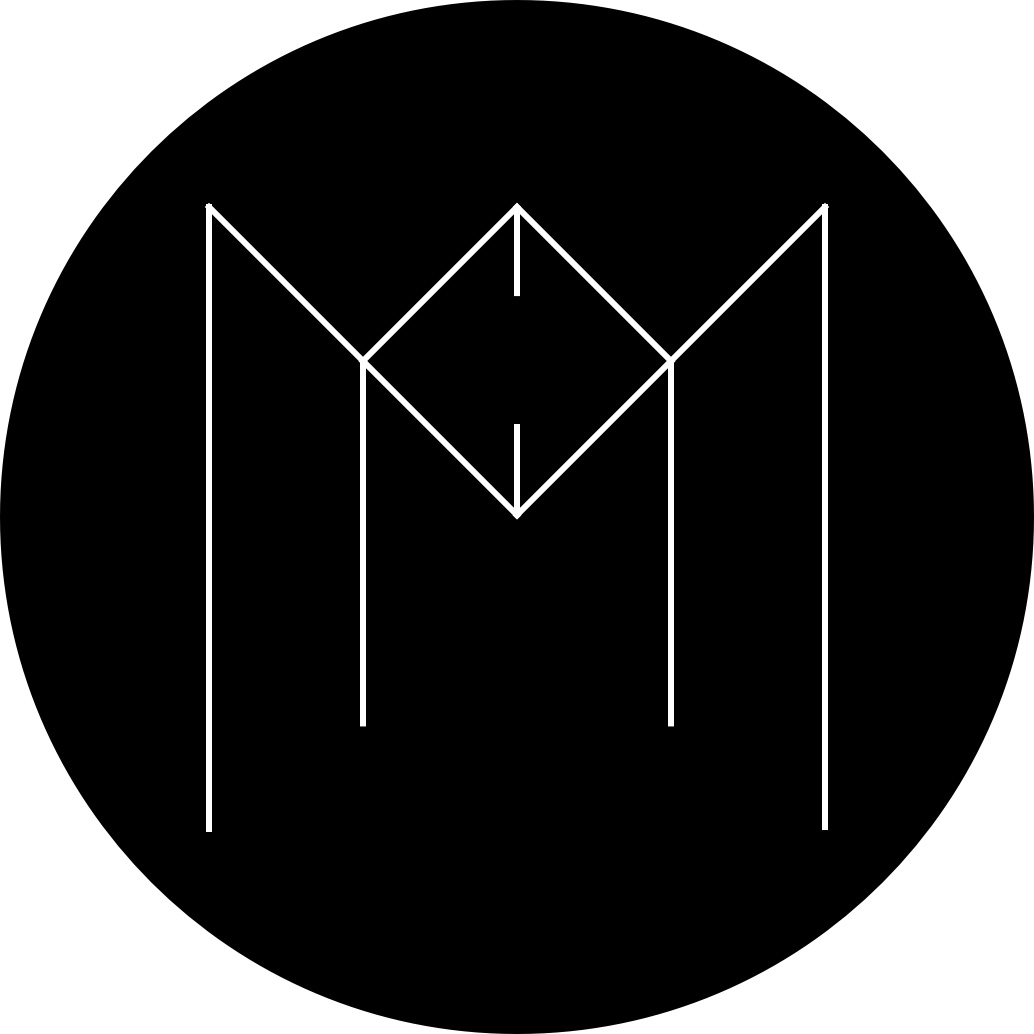You know what everyone says about the best camera, is the one that you have in hand, ready with you to shoot with. I couldn’t possibly agree more. And the iPhone (4S, and onwards), is just right for someone who doesn’t like to lug a lot of gear around. With the present series of iPhones, the camera, and the apps built around it, are quite good for most of what you would like to shoot. Sure, low light photographs are an issue still, but it is better than having no camera around. Most of the higher-end Android phones like the Galaxy Edge 7, Google’s Pixel XL, etc. are as good as the iPhone too. dRAW or Digital RAW is good enough for prints up to 20x30; in some cases even bigger prints are possible depending on your workflow, and the app(s) you used to shoot a particular photograph.
So if you’re a hobbyist like me, and do not wish to carry numerous lenses, and what-nots, I can safely suggest that you opt for using your phone camera as your primary shooter. In the case if the phone itself lets you manually control the exposure settings, then nothing else is needed. And, if you do like to switch lenses then there are plenty of options that snuggly fit on top of your smartphone to provide you with the ability to shoot anything from macros to wide-angles. Some of these kits are from china, and thus will not give you great results; other kits are targeted towards professionals, and may cost more, but they quality of the photographs is worth the price on those.

A photograph made on the iPhone 6, is now a book cover for the third book of The Salt of the Earth Series.
With that being said, when I am out, and about shooting photographs, I like to carry the smart-phone, and a film SLR. I do own a DSLR in the form of a mirrorless camera, with a single lens attached on it. Depending on my mood, I choose between the mirrorless, and the film SLR. What remains constant is that I also shoot with the iPhone, irrespective of second camera I lug around; this has been the case for more than two years now. I’ve had prints blown up, put on notebooks, et al. Your smartphone is more than you need to shoot a decent photograph.

A photograph shot on the EOSM, and post-processed on the main rig.
A smartphone that enables you with the ability to manually choose your exposure settings is great. This means that you can, most probably, save your photographs as high-resolution tiffs (dRAW). Provided there’s support for it in the phonography app of your choice.
For editing these dRAW files, there are plenty of photo-editing apps that are available. Again it all depends on what you’re after. For e.g. Adobe has a slew of apps, available for free, to edit the dRAW files. Depending upon the hardware, and the OS of your smartphone, Adobe’s Lightroom lets you save these photographs as a DNG file (that’s RAW for Adobe) too. Then there are apps like Mextures that allow you to completely change the story of your photograph, by providing you with a slew of filters, and formulas, which once applied do take over your photographs. There’s also apps like Fragment that provide more room for your creativity, by enabling you to add ‘fragments’ to your photographs (see below).

A photograph shot with the EOSM, and then edited on the iPhone using Fragments.
Since I’ve been lucky enough to be able to work with all of these amazing apps, and create some awesome photographs, and artwork with their help, I thought I’d start a series of photography posts within which I would showcase some of my workflows to help others out.
This series would be (for obvious reasons) titled as ‘Workflows’. The series will not be limited to apps, and smartphones only; rather it will encompass the softwares, workflows, and edits I use on the computer as well. There’s no set schedule as such for these posts, but the next post under the Photography category will be one from this series. So stay tuned.
